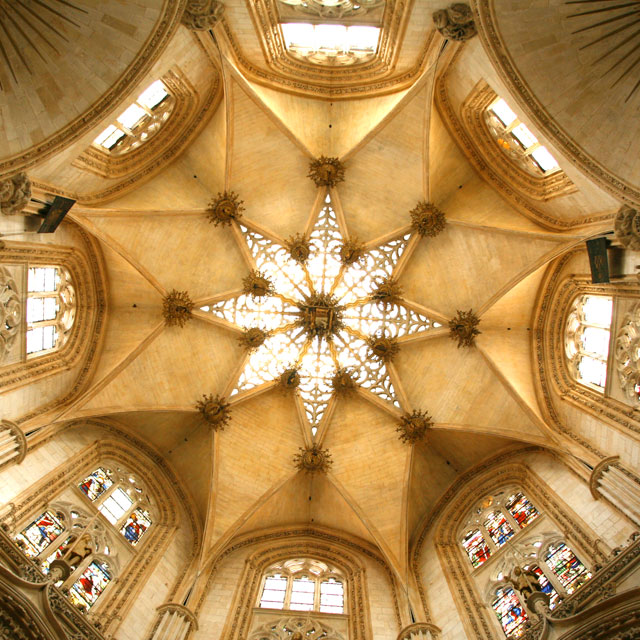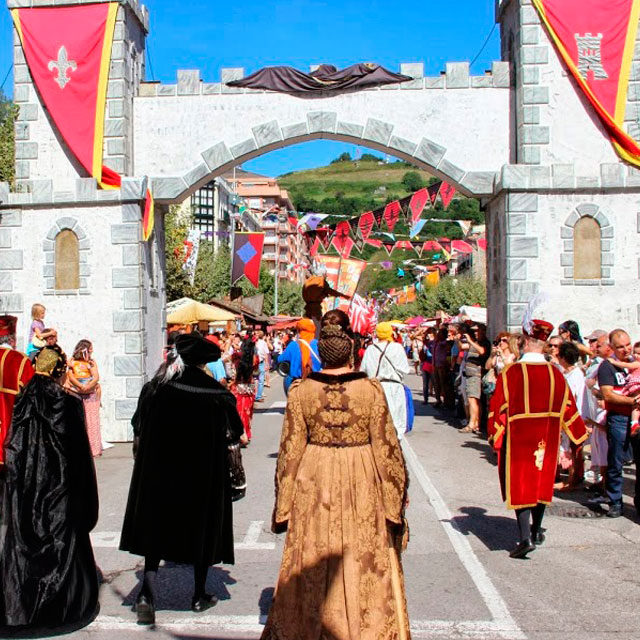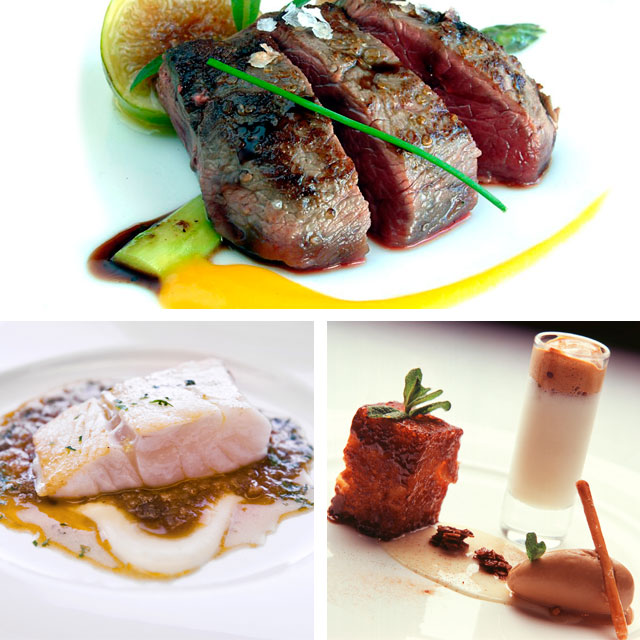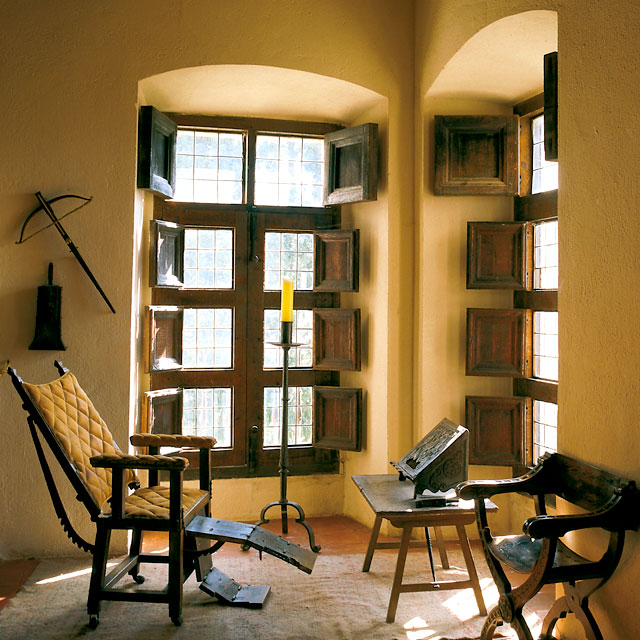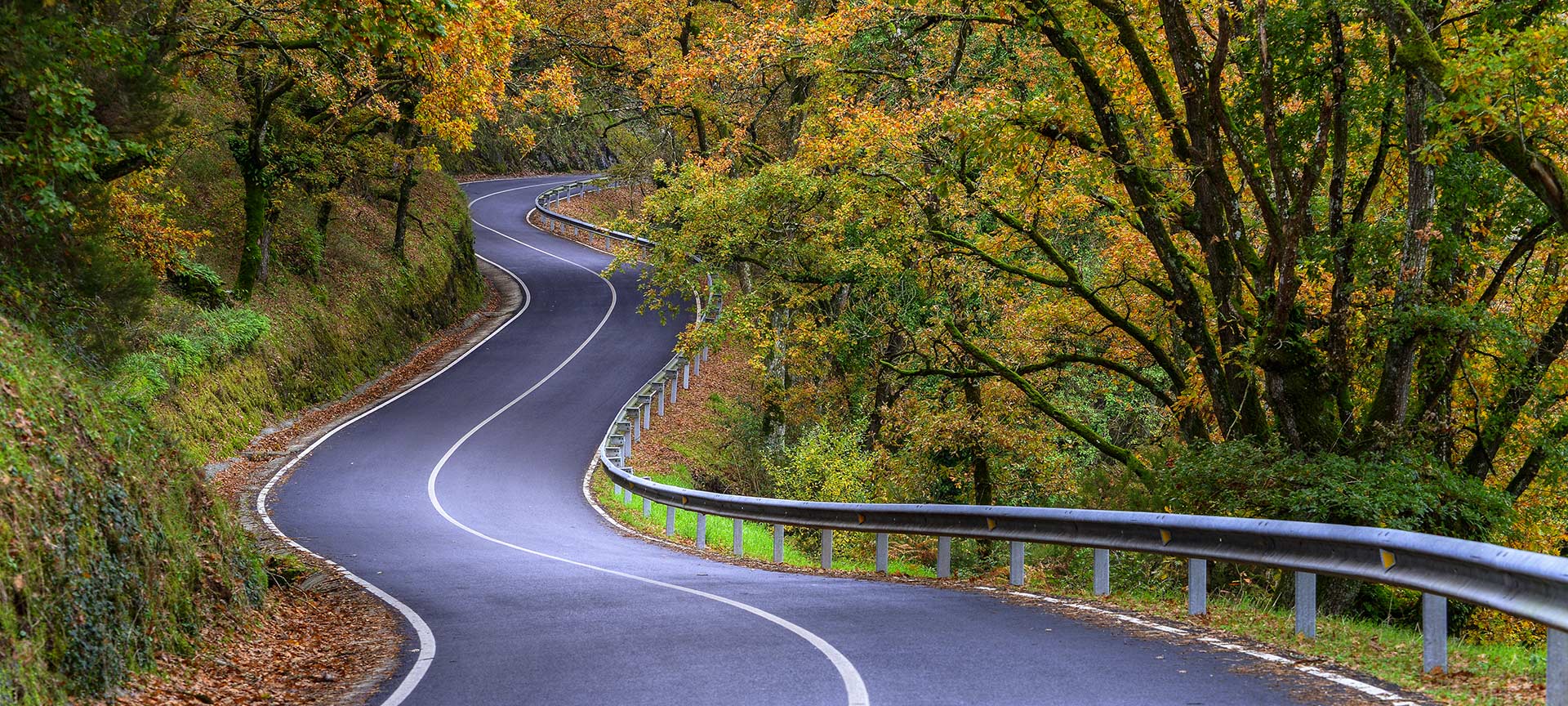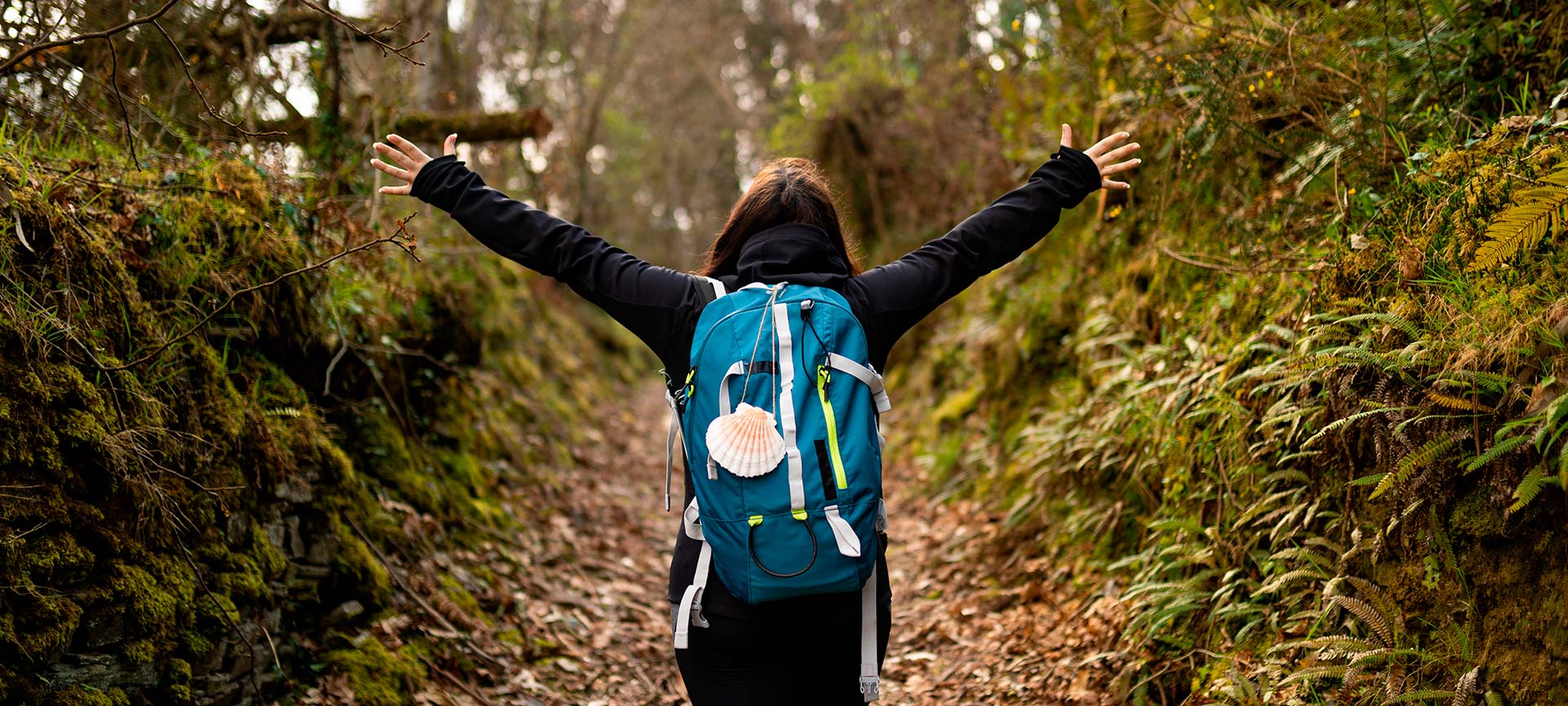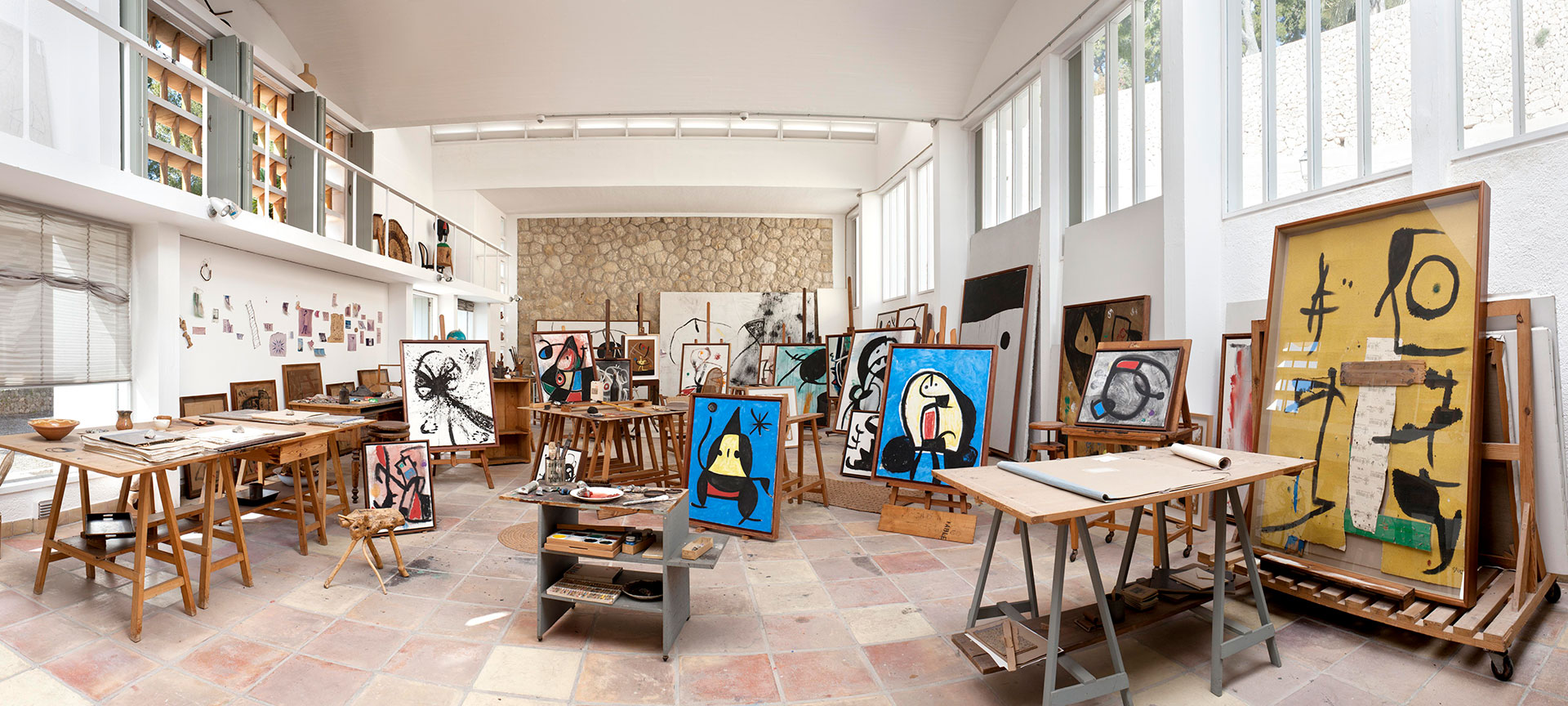A historical route.
Cantabria, Castille and León and Extremadura are the three regions of this historic journey, and they conserve a significant amount of built heritage from the period. We can turn from the history books to the road to see some of the towns and villages the monarch visited on this last journey to his place of retirement.You choose where you want to stop, and for how long. The route begins in Laredo (Cantabria), passing through Medina de Pomar (Burgos), Venta de Baños (Palencia), Valladolid, Medina del Campo, Peñaranda de Bracamonte (Salamanca), Ávila, Cáceres (Extremadura) and Jarandilla de la Vera, ending in Cuacos de Yuste.
